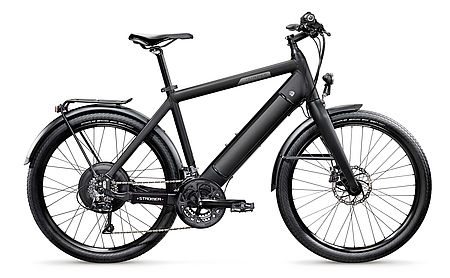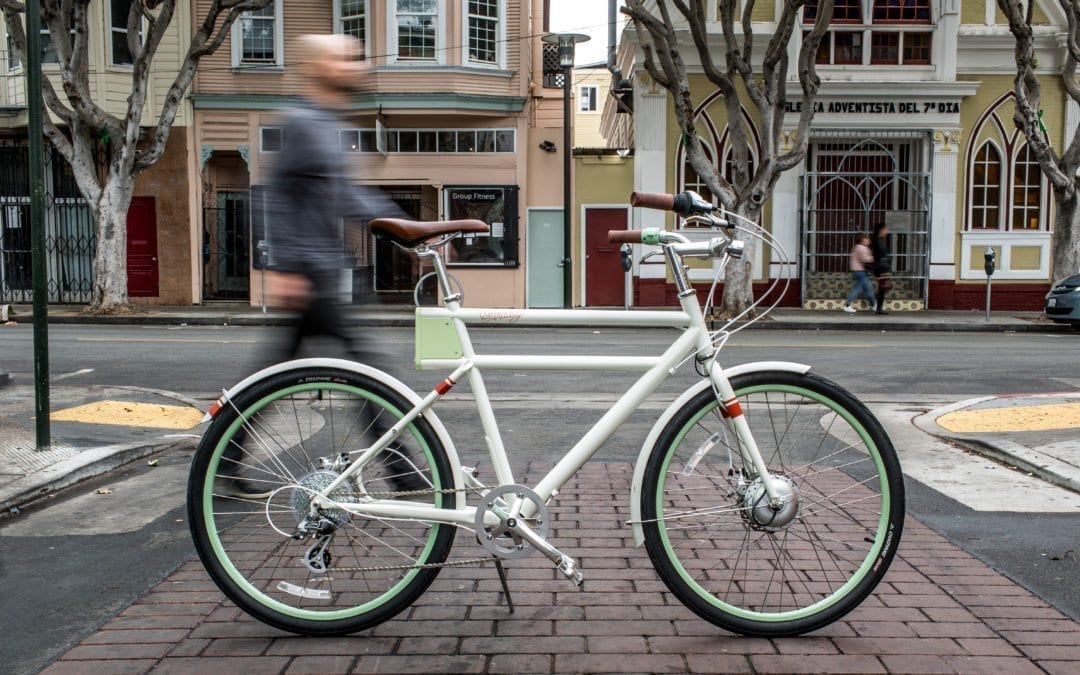
Yes — electric bikes have a battery and motor, but how do they actually work?
Most electric bikes work in the same way as regular bikes but have a battery-powered motor that provides assistance on demand to the rider. Although some e-bikes have a throttle that propels the bike without the rider pedaling, most ebikes utilize pedal-assist technology to assist the rider. This pedal assistance is engaged by a small mode selector that is often mounted to the handle bars. The systems range from simple buttons to more dynamic information displays.
First, let’s talk about Pedal Assist technology
‘Pedal Assist’ means that the motor on the bike gives you power only when the rider is pedaling. How much power depends on the bike. Most pedal-assisted electric bikes are equipped with a torque sensor, a cadence sensor, or both. Let’s talk about the difference between these two sensors.
- Torque sensor – A torque sensor provides a much more traditional ride when using pedal assistance. When using a torque sensor the motor outputs power depending on how hard the rider is working. This means you won’t get the full power motor by just moving your feet. As the rider input more force, the motor will output more power. This means you still get plenty of exercise but also have a boost in riding speed and power.
- Next, a Cadence sensor (or Speed sensor) – A cadence sensor is a less expensive technology and gives a more electric powered feel. It works by measuring only the movement of the pedals. So you can get the full power of the bike in a lower gear. When you move the pedals the motor engages to its full potential.
Some electric Bikes offer a throttle for powering the bike.
If a bike is equipped with a throttle, the rider can engage the motor without pedaling. The most common types of throttles are twist or trigger throttles. When a throttle is engaged it sends power from the battery to the motor which then propels the bike forward.
Finally, let’s talk about the places that a motor rests on the bike, because this also affects how the bike is propelled:
- With a front or rear Hub Motor: When the rider engages the pedals with an assistance level set the battery sends electric current to the motor mounted on either the front or rear hub which then begins to turn the wheel of the bicycle providing extra momentum.
- A mid drive motor is mounted between the two pedal cranks and engages the chain of the bicycle to help propel the rear wheel. As the rider engages the pedals the motor pulls on the chain helping increase the momentum of the bicycle. With this system a rider can change gears in order to increase the effectiveness of the motor.

